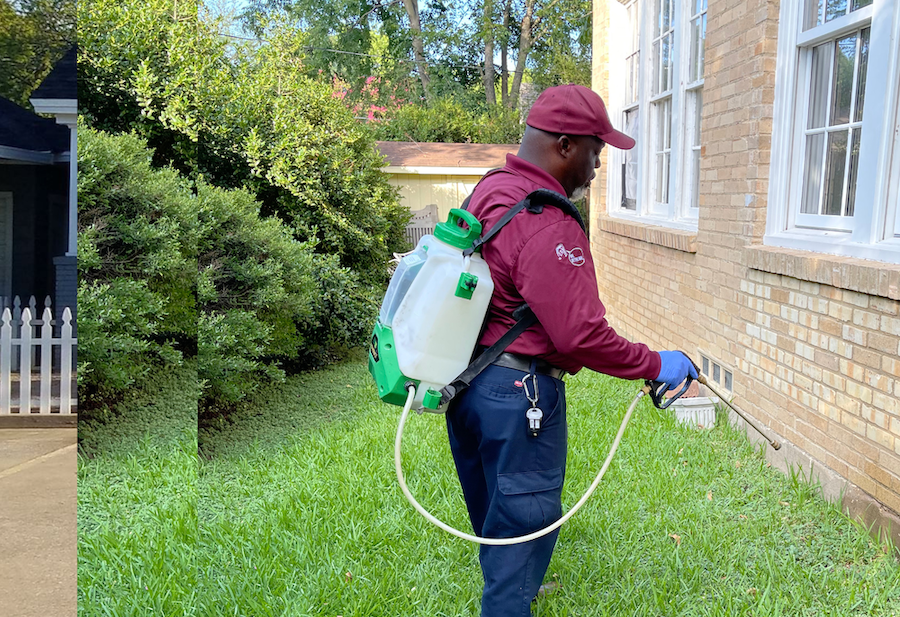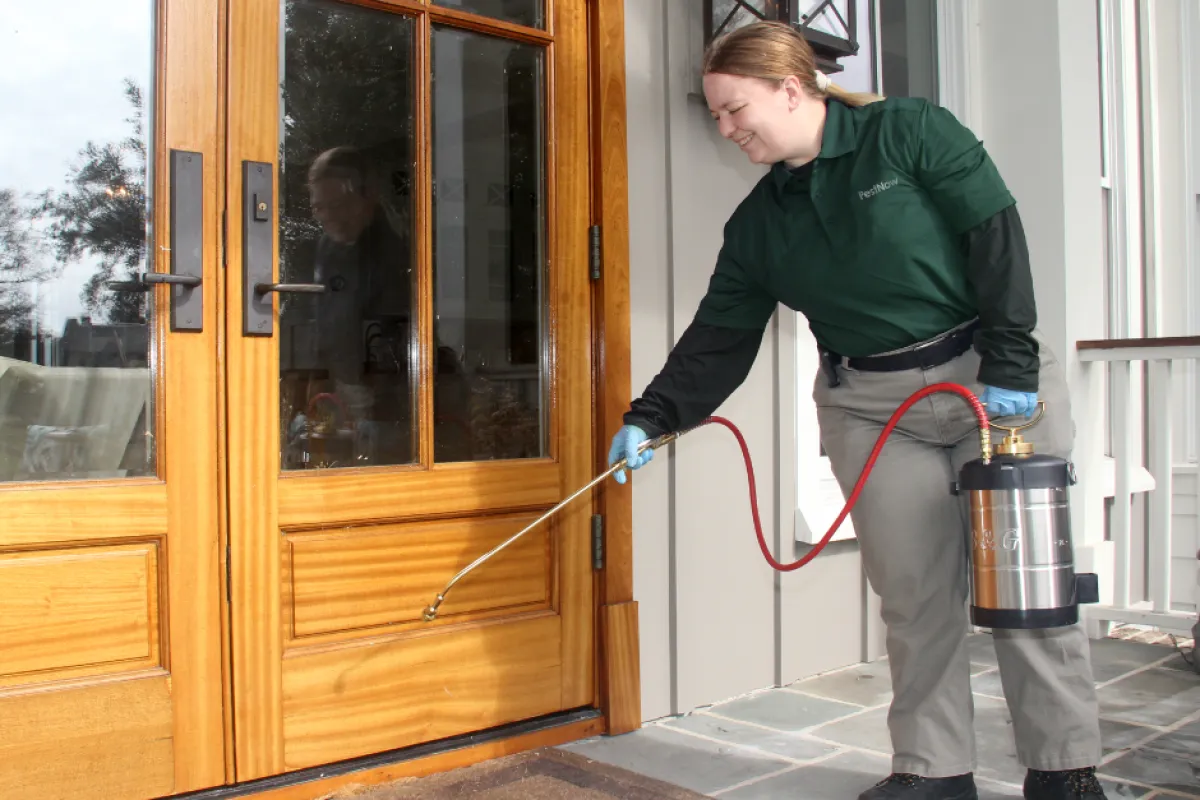Pest Control services for residential and commercial properties.
Pest Control services for residential and commercial properties.
Blog Article
Eco-Friendly Insect Control Approaches for Managing Wild Animals in Urban Locations
Urban locations often discover themselves at the junction of human task and wildlife, causing unique obstacles in insect management. Green methods highlight lasting coexistence, utilizing techniques such as environment modification and natural repellents to reduce human-wildlife disputes. These approaches not only protect the atmosphere yet also enhance area involvement in wild animals management. As metropolitan populations remain to grow, recognizing the dynamics of wild animals communications becomes increasingly critical. What innovative methods can be implemented to guarantee both ecological equilibrium and metropolitan security? Exploring this question reveals an engaging landscape of prospective options.
Understanding Urban Wildlife Characteristics
Recognizing Urban Wildlife Characteristics is crucial for developing effective and eco-friendly insect control techniques. Urban areas are progressively becoming environments for various wildlife varieties, driven by variables such as habitat fragmentation, food schedule, and human encroachment. Acknowledging these characteristics permits a nuanced method to pest administration that lines up with ecological concepts.
Urban wild animals commonly includes species such as raccoons, squirrels, and birds, which adjust to city settings, discovering particular niches in eco-friendly rooms, parks, and also houses. Their existence can lead to conflicts with people, particularly when they make use of human resources for food and shelter. Understanding the behaviors and environmental functions of these types educates techniques that decrease adverse communications while promoting biodiversity.
In addition, acknowledging the interdependencies within city environments aids in identifying vital locations for environment preservation and reconstruction. This expertise adds to the growth of incorporated insect administration (IPM) strategies that take into consideration the eco-friendly equilibrium, consequently decreasing reliance on unsafe chemicals. By fostering conjunction between people and city wildlife, cities can develop much healthier settings that profit both locals and regional environments, leading the way for lasting city living.
All-natural Repellents and Deterrents
Natural repellents and deterrents supply a lasting alternative to conventional bug control approaches by using the power of nature to keep undesirable types at bay. These environmentally friendly remedies generally make use of plant-based active ingredients, vital oils, and other normally happening substances that prevent parasites without harming the environment.
One effective all-natural repellent is peppermint oil, which is known to repel rodents and insects. Its strong fragrance is undesirable to lots of bugs, making it a preferred choice for urban settings. Vinegar and citrus peels can offer as deterrents, as their solid odors are usually unattractive to various wild animals.
Furthermore, diatomaceous earth is a natural powder that can be spread in locations prone to pest task, successfully dehydrating and preventing bugs without positioning threats to non-target types. Garlic sprays and neem oil are recognized for their ability to push back a vast variety of bugs, including both bugs and bigger wild animals.
Applying these natural repellents not only reduces reliance on chemical pesticides but additionally advertises a much healthier urban environment, fostering a more well balanced coexistence in between people and wildlife. By using these strategies, urban areas can successfully handle pest populaces while decreasing environmental impact.
Environment Alteration Methods
Reliable habitat modification strategies play a critical role in sustainable parasite management by altering the atmosphere to make it much less for pest infestations. By comprehending the environmental dynamics of urban areas, building proprietors can apply tactical adjustments that hinder bugs while advertising biodiversity.
(Spider exterminator Port Charlotte)One key strategy entails preserving proper sanitation. This consists of regular waste removal, securing trash can, and removing standing water to reduce reproducing websites for insects and rodents. In addition, landscape design practices such as picking native plants can improve environmental balance, giving environments for valuable microorganisms while decreasing resources for insects.
Another essential approach is to secure this hyperlink entry points in buildings. Inspecting and fixing splits in structures, wall surfaces, and windows can considerably minimize bug access. Creating physical barriers, such as fences or plant barriers, can prevent wildlife activity right into human-inhabited areas.
Integrated Bug Administration Practices
Building upon environment modification strategies, integrated parasite monitoring (IPM) methods provide a holistic approach to managing pest populaces while decreasing environmental impact. IPM combines numerous strategies, including organic, social, mechanical, and chemical controls, to achieve reliable insect monitoring.
Biological control involves the introduction of all-natural predators or bloodsuckers to minimize parasite populaces. Social practices, such as plant turning and sanitation, interrupt pest life cycles and reduce their environments - Pest control service. Mechanical controls, like catches and barriers, provide instant alleviation from bug pressures without chemical intervention
Chemical controls are made use of as a last resource, focusing on targeted applications that restrict injury to non-target types and the environment. The choice of eco friendly pesticides, when required, is indispensable to the IPM framework. In addition, monitoring pest populations and evaluating prospective damages assists educate decision-making, making sure that treatments are prompt and reliable.
Area Involvement and Education

(Fire Ant Control)Workshops and informative sessions can furnish locals with understanding regarding native species, environment conservation, and effective non-toxic pest administration strategies. Partnership with schools, regional organizations, and federal government companies even more boosts educational outreach, ensuring that essential information gets to diverse target markets.
Furthermore, community-led efforts, such as neighborhood clean-up days and habitat restoration projects, not just advertise biodiversity yet additionally reinforce area connections. Pest Control. By encouraging citizens to share their experiences and monitorings, neighborhoods can develop targeted strategies that address specific regional bug problems
Incorporating comments from citizens into pest management prepares makes it possible for a more receptive and adaptive approach to wild animals difficulties. Ultimately, educated and engaged communities are key to attaining long-lasting success in eco-friendly pest control, causing much healthier city settings that respect both human and eco-friendly needs.

Conclusion
In conclusion, green parasite control comes close to offer lasting options for handling metropolitan wildlife. By focusing on habitat alteration, utilizing natural repellents, and executing incorporated insect monitoring methods, areas can promote an unified conjunction with neighborhood animals.
Report this page